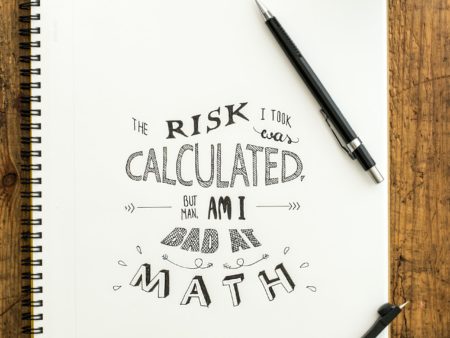When it comes to designing a logo for your business, color is one of the most important elements to consider. Color has the power to evoke emotions, create a mood, and convey a message to your target audience. In fact, studies have shown that up to 90% of snap judgments made about products can be based on color alone. This is why it’s crucial to understand the importance of color psychology in logo design.
What is Color Psychology?
Color psychology is the study of how colors affect human behavior and emotions. It’s a well-known fact that different colors can elicit different emotions, and this is something that is widely used in marketing and advertising. For example, red is often associated with excitement, passion, and urgency, while blue is seen as calm, trustworthy, and reliable. By understanding the psychological effects of color, you can use it to your advantage in your logo design.
The Psychology of Different Colors
Let’s take a closer look at some of the most commonly used colors in logo design and the emotions they can evoke:
- Red: Red is a bold and attention-grabbing color that is often associated with excitement, passion, and urgency. It’s often used in logos for companies that want to convey a sense of energy and vitality.
- Blue: Blue is a calm and soothing color that is often associated with trust, reliability, and professionalism. It’s a popular choice for companies that want to convey a sense of stability and dependability.
- Green: Green is often associated with nature, growth, and harmony. It’s a popular choice for companies that want to convey a sense of sustainability and eco-friendliness.
- Yellow: Yellow is a bright and cheerful color that is often associated with happiness and optimism. It’s a great choice for companies that want to convey a sense of fun and positivity.
- Orange: Orange is a vibrant and energetic color that is often associated with excitement and enthusiasm. It’s a popular choice for companies that want to convey a sense of creativity and innovation.
- Purple: Purple is often associated with luxury, royalty, and sophistication. It’s a popular choice for companies that want to convey a sense of elegance and exclusivity.
- Black: Black is a powerful and sophisticated color that is often associated with luxury and exclusivity. It’s a popular choice for high-end brands that want to convey a sense of prestige and sophistication.
- White: White is often associated with purity, simplicity, and cleanliness. It’s a popular choice for companies that want to convey a sense of clarity and simplicity.

Using Color Psychology in Logo Design
Now that you understand the psychology of different colors, it’s important to use this knowledge in your logo design. When choosing colors for your logo, it’s important to consider your brand values and the message you want to convey to your audience. For example, if you want to convey a sense of energy and excitement, red may be a good choice. If you want to convey a sense of reliability and trust, blue may be a better option.
It’s also important to consider the color palette as a whole. Your logo should have a cohesive color scheme that works well together and is visually appealing. Using too many colors can be overwhelming, while using too few can be dull and uninteresting.
Another important consideration is color contrast. The colors in your logo should contrast well with each other to ensure that your logo is easy to read and stands out from the competition. Using high contrast colors can also help to make your logo more memorable and recognizable.
Others important elements of your logo
In addition to color psychology, it’s important to consider the overall design elements of your logo, such as the shape, font, and layout. These factors can also impact the emotions and associations that your logo evokes.
For example, a logo with a rounded shape and a playful font may convey a sense of fun and friendliness, while a logo with a sharp shape and a bold font may convey a sense of strength and power.
It’s also important to consider the versatility of your logo. Your logo will likely be used in a variety of contexts, such as on your website, business cards, and social media profiles. A versatile logo that can be easily resized and adapted to different formats will ensure that your brand is consistent and recognizable across all platforms.
In conclusion, color psychology is an important consideration when designing a logo. By understanding the emotions and associations linked with different colors, you can create a logo that effectively communicates your brand identity to your target audience.









I never realized how much of an impact color psychology can have on a logo’s effectiveness. This article provided great insights on the different emotions and associations linked with various colors. I’ll definitely be more mindful when choosing colors for my next logo design project.
As someone who is new to logo design, this article was incredibly helpful in breaking down the different design elements and considerations to keep in mind. I appreciated the focus on color psychology and how it can impact a logo’s message and effectiveness.
I’ve always been drawn to logos with bold, contrasting colors, but after reading this article, I’m starting to see the value in more subtle color combinations as well. It’s clear that a lot of thought and strategy goes into effective logo design, and this article was a great resource for understanding that process.